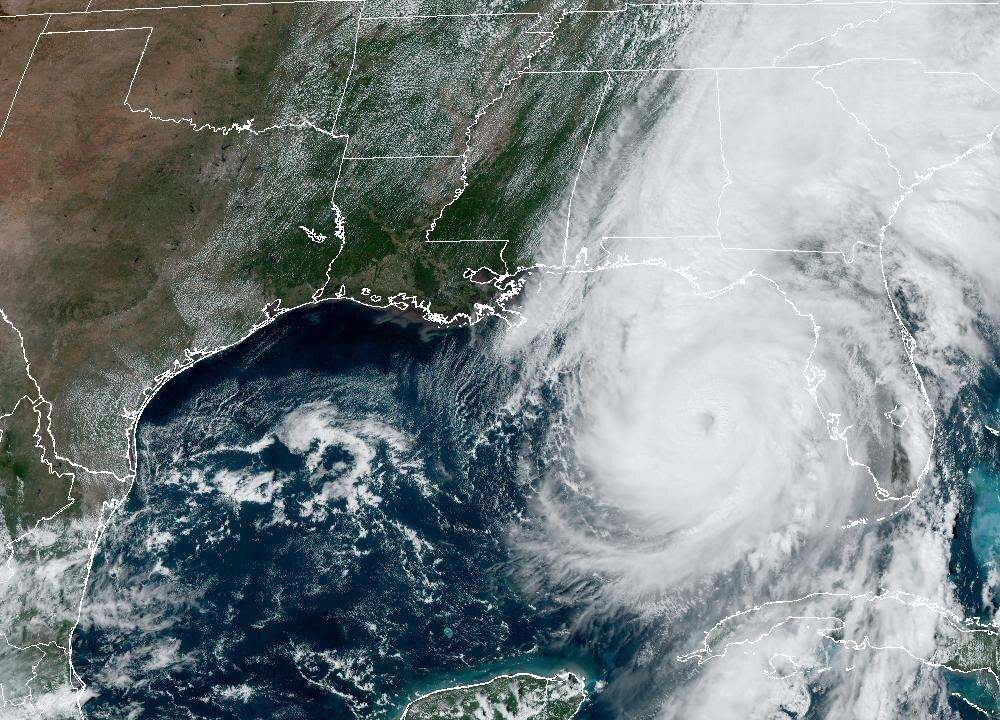The name Helene will likely join Charley, Katrina, Sandy, Harvey, Irma, and Ian in retirement from the list of storm names as the National Oceanic and Atmospheric Administration (NOAA) begins to assess what has been another active hurricane season.
NOAA announced that, according to preliminary data, Helene was “the deadliest hurricane to hit the continental U.S. since Katrina in 2005.” Making landfall on Sept. 26 as a Category 4 hurricane, it caused more than 150 direct fatalities, most of which were across North Carolina and South Carolina.





